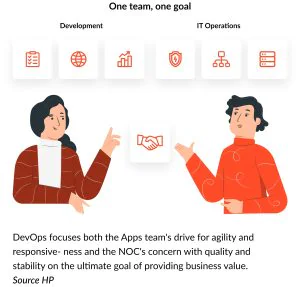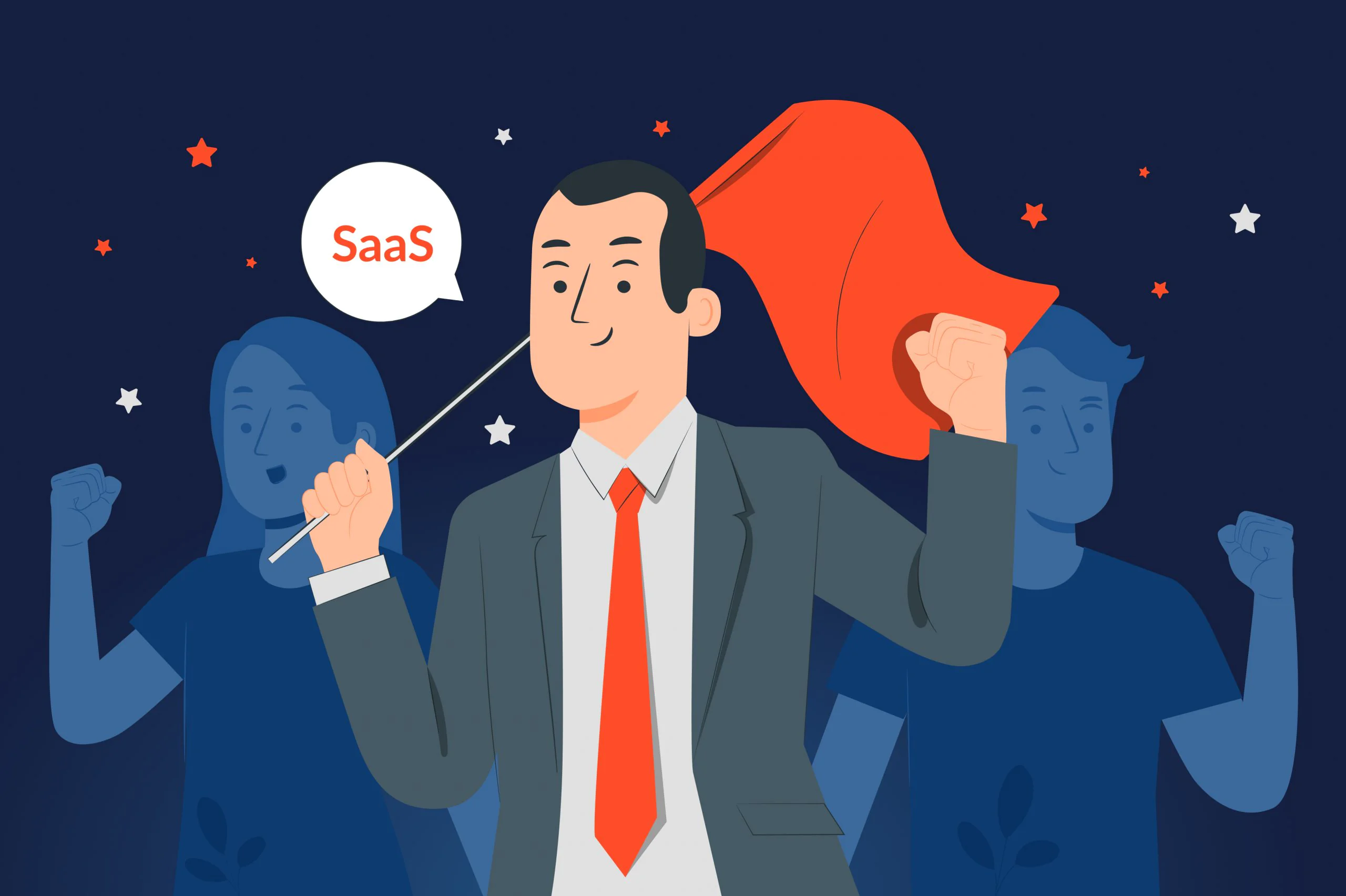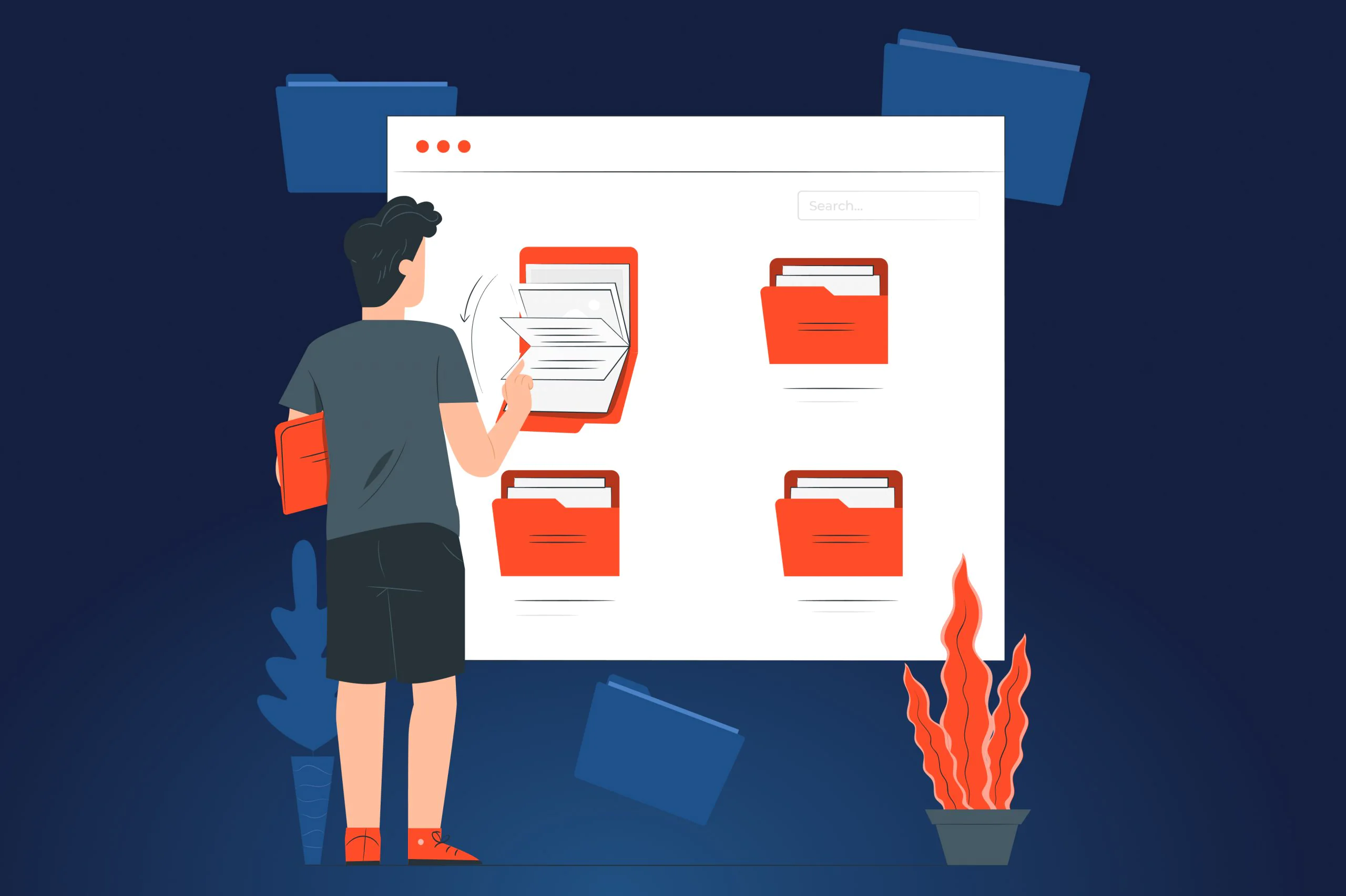Since you’re going to build your own SaaS product, you’ve probably got tired from inefficiencies of legacy software business models and started fighting them. Building a SaaS product is different from legacy software development, both from tech and business perspectives. To be better prepared, we recommend learning about the tech part in our dedicated article about the SaaS development process.
As for this article, we’re going to talk about SaaS development from a business perspective. This domain of SaaS development is entirely different from traditional software development lifecycle (SDLC) and relatable business models. Having no idea about how the SaaS product development lifecycle works is more like fighting against windmills with no good result for your business. Statistically, almost 92% of SaaS startups fail within 3 years, and absence of a proper product-market fit is one of the major reasons.
That is why the JatApp team has prepared an eye-opening guide on SaaS product development life-cycle. Our company has been providing outsource SaaS product development for various businesses since 2015, so we’ve learned a lot about what startups should do to release a state-of-the-art SaaS solution.
But enough for the introductory word, onto the SaaS product development lifecycle!
SaaS development is not a fancy party, but you need a DRESS code
The process of your SaaS product development is obviously fun, but it’s far from a fancy party at a luxury nightclub. Still, you must have a DRESS code to enter the SaaS product development process without major hiccups.
What do we mean by DRESS code?
Remember the product-market fit problem we mentioned earlier in this article? Having a DRESS in place for your SaaS solutions guarantees your product will enter the market, where SaaS startups hang out and look for users to spend great time together. A DRESS code stands for:
- Discoverability. Your SaaS product should be easy to discover. In other words, users need to make a little effort to learn that your product can solve a particular problem that is a pain point for them. If people don’t know that your SaaS product is their painkiller, why should they choose it?
- Reachability. Of course, you might have a target audience in mind, but your SaaS solution should be globally available and suitable for different users within the target market. For example, if you’re developing a SaaS enterprise resource planning system, it should be equally effective for both big companies and small firms.
- Economics. The word “economics” may lead you to a false impression that you have to consider some overly complicated aspect of running a SaaS business. In reality though, you just need to form an adequate price for your product subscription. The price should be higher than your expenses on cloud computing and relatable costs, but it shouldn’t make your customers swear loudly enough to draw attention of your rivals, who will certainly entice your users with more pleasant subscription fees.
- Scalability. If you don’t plan to scale your business, why do you intend to bother yourself with developing SaaS at all? That’s why you need to make sure you have the Scalability Plan for your SaaS product that extends for 3, 5, or 10 years ahead.
- Supportability. Once your software will be stored on the hosted cloud, you must be ready to react to any technical issues as fast as possible. Technical performance of your product is one of the most critical SaaS development challenges. Nobody would use a product that is “sorry, temporarily unavailable” for half of the day. It’s like watching Netflix series on Wednesday nights and even-number episodes only.
Steps towards defeating legacy business model once and for all
We’ve already said that the SaaS product development process isn’t the same as an old-fashioned SDLC. The SaaS approach is laser-focused on business perspective, which is why product development lifecycle includes such steps as envisioning, platform evaluation, planning, subscribing, development, and operations.
We’re going to describe all the main aspects of each step, so you can realize that the SaaS implementation process involves a lot of roles and resources. We’ll also use our case study about the facility management platform as an example of a big SaaS project that is still ongoing.
For every step, we’ll describe such things as: reason, roles, actions, business inputs, technical inputs, decisions, and outputs
Envisioning
- Reason: Identification of business opportunities and determining the DRESS. For instance, the facility management company’s team recognized a need for digital transformation in the sphere of facility management services. The company identified that 40% of facility management tasks are handled incorrectly, so augmenting basic operations with a SaaS digital platform can be a solution pushing the industry to the next level.
- Roles: CEO, Chief Technical Office (CTO), Chief Product Officer (CPO), Business Analyst.
- Actions: Brainstorming business ideas. You know your business better than anyone else, but we just want to highlight that you need to concentrate on coming up with a genuine business idea and ensure that it ticks all DRESS boxes.
- Business inputs: Market opportunities, trends, and user pain points.
- Technical inputs: You may start looking for SaaS architecture that best suits your business, but we recommend you to work hard on elaborating upon your business idea and its DRESS adherence.
- Decisions: It will be enough to determine the Proof of Concept (POC) for your solution, but the JatApp team jumped into the development minimum viable product (MVP) for the facility management platform as soon as the client provided enough business specifications for the product.
- Outputs: A detailed vision of your product should be ready by the end of the first phase of the product development lifecycle. Take your time and make sure your business idea is worth investing in. Please, forgive us being such control freaks, but do pay attention to DRESS characteristics of your SaaS idea still!
Platform evaluation
- Reason: Once you’re going to develop a SaaS product, you should care about the choice of a cloud provider. There are different cloud platforms such as Amazon Web Services (AWS), Microsoft Azure, and Google Cloud that offer different instruments and ways of composing your SaaS architecture. For that reason, evaluation of a cloud platform is a separate step within the SaaS product development process.
- Roles: CPO, CTO, software engineer, system architect.
- Actions: Analysis of the tech specifics of the future SaaS product and finding the best way of managing them with different cloud platforms.
- Business inputs: The agreed SaaS business model and long-term growth plan goal.
- Technical inputs: Security, legal compliance, service availability, user experience, feasibility of continuous integration/continuous development (CI/CD).
- Decisions: Confirming the POC results, refining SaaS architecture, selecting of the cloud provider.
- Outputs: A ready-to-go SaaS architecture for the chosen cloud platform.
Planning
- Reason: As soon as you select a cloud platform to use, you have to plan the delivery of your SaaS product. We’re talking about major long-term planning when you develop your SaaS solution from scratch, but you’ll surely get back to this step every single time you decide to scale your product. For instance, the facility management platform company we collaborate with keeps planning the development of new features and user experiences even though the JatApp team has already developed a full-fledged SaaS product for them.
- Roles: Project manager, business analyst, software engineer.
- Actions: Estimating budget, timeline, developing work breakdown structure, creating project roadmap, and defining the scope for each product verion’s release.
- Business inputs: Market competition, investments/capital availability, any external factors that speed up/slow down delivery of the product to the market
- Technical inputs: The product’s technical specifications, the cloud platform’s capabilities for CI/CD.
- Decisions: Defining scope for the current iteration or sprint, specific project deliverables and including additional staffing requirements if necessary
- Outputs: Work breakdown structure, project roadmap, the budget plan, and the release plan.
Subscribing
- Reason: You’ve got a plan for your SaaS project and selected the cloud platform. Now it’s time to start developing your product, but you need to get subscribed to your cloud platform first.
- Roles: CTO, CPO, project manager, development and operations (DevOps) engineer.
- Actions: Determining the service level agreement with the cloud provider as well as adoption of backup and disaster recovery plan, security measures, and monitoring policies.
- Business inputs: Service level agreement and other relatable agreements, performance standards, and certifications if applicable.
- Technical inputs: Cloud design documentation.
- Decisions: Subscribing for the services provided by the chosen cloud platform.
- Outputs: A cloud storage ready for use.
Development
- Reason: This stage speaks for itself. You need to build an actual SaaS product. The time has come! Your tech team starts writing, testing, and integrating the code for its release. Coding, testing, and deployment happen at different repositories, which allows you to scale your SaaS business on-the-go. In the case of the facility management platform, the development of new features almost never stops, thereby making the company grow.
- Roles: Project manager, user interface/user experience (UI/UX) designer, software developers, quality assurance engineers, DevOps engineer.
- Actions: Creating UI/UX design; writing, reviewing, and testing the code.
- Business inputs: nothing, really.
- Technical inputs: The SaaS product architecture, business and technical specifications, the product release scope, database, application programming interfaces (APIs).
- Decisions: Assembling tech team, environments for coding, testing, and production; updating the scope of the current iteration or sprint.
- Outputs: The product’s version ready for the release.
Operations
- Reason: Now you have to release your product. We would like to note that operations is a continuous process that doesn’t stop after the launch of the product’s MVP. At the same time, you can get back to planning and development stages to prepare the next versions of your product, while the current one is “on air”. For example, this approach enables the facility management platform company we work with generate revenue and keep scaling at the same time.
- Roles: CPO, product manager, project manager, DevOps engineer.
- Actions: Deployment of the bugless and integrated code to the cloud server for the release.
- Business inputs: Market competition, user feedback, tech and business trends
- Technical inputs: The product version’s release plan.
- Decisions: Releasing the product’s build.
- Outputs: The SaaS product is released and used by customers.
JatApp is always ready to give you a helping hand
We are sure you’ve seen the truth. Implementing a SaaS solution is really challenging from tech and business points of view, which is why it’s totally fine to ask for help.
JatApp delivered more than 200 projects for various businesses, and 99% of them were satisfied with the end result. JatApp’s software engineers and business analysts will help you with any aspect of SaaS product development, from ideation of an innovative product concept to its development and support.
Want to know more about how we work? Please, get in touch with us. We will reach out to you as soon as possible.











